The Open Bioinformatics Foundation (OBF) Event Fellowship program aims to promote diverse participation at events promoting open source bioinformatics software development and open science practices in the biological research community. Furkan M. Torun, Data Scientist at OmicEra Diagnostics & Computational Biologist, attended the PyCon Italia 2022, supported by this fellowship granted to him in the first round of 2022.
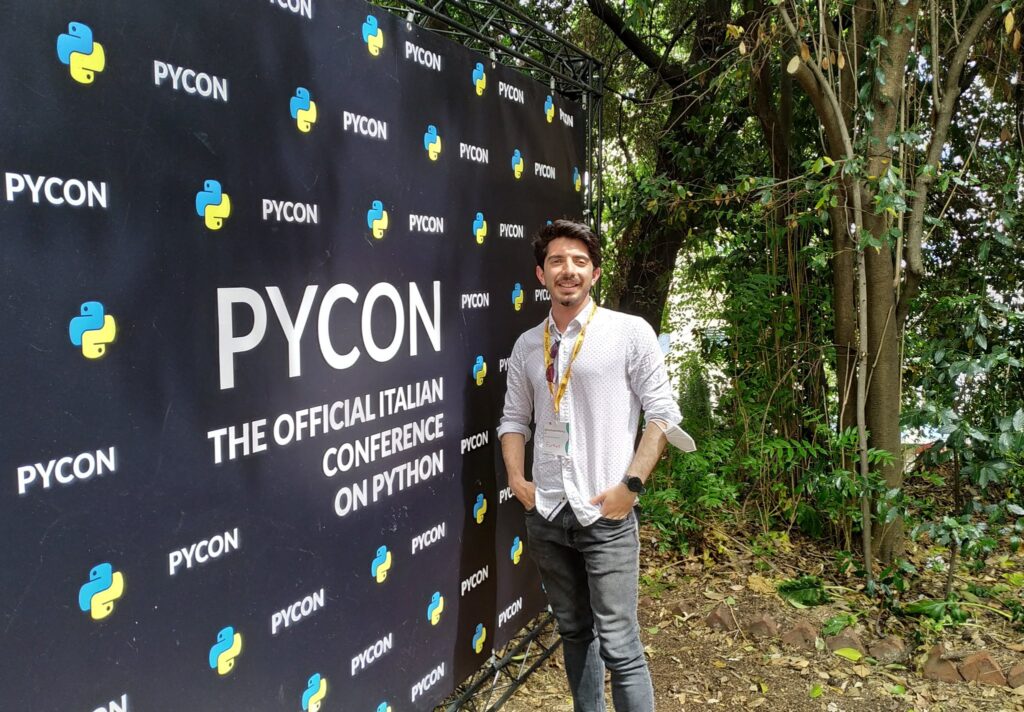
Background
As it is shown in the surveys of the programming languages used and the latest publications in the field of bioinformatics/computational biology, Python has experienced unprecedented growth. Meanwhile, to spread knowledge, learn from each other, and make new networks for Pythonistas, several Python conferences (“PyCon”), are held annually by the international communities worldwide.
A while ago I came across the PyCon Italia 2022 and I hoped to attend this conference as it is fairly close to me and easy to travel. Moreover, I was thrilled to see the speakers and titles of the talks when I reviewed the schedule of the conference. Personally, I have been using Python for several years to develop bioinformatics pipelines, machine learning projects, and other data analyses for my computational biology research. Then, I decided to attend the conference and make it for my first PyCon. However, unfortunately, due to my nation’s currency meltdown against foreign currencies, I was facing a tough problem of finding enough financial support for myself to attend such an event in Europe that unites many developers and scientists from a wide range of disciplines. I applied to the Open Bioinformatics Foundation and was awarded the Event (Travel) Fellowship! So, this opportunity provided by OBF enabled me to afford my expenses including conference ticket, traveling, and accommodation! Excellent news!
Now, let’s focus on the talks!
When I entered the hotel where the conference was hosted, it started to excite me as all attendees were already chatting! After 2 years of pandemics without any in-person conference, we all looked forward to such events! Then, I learned that more than 700 participants were at the conference. So, after getting my badge, I had a chance to get to know people, including another bioinformatician, share my skills and experiences, and learn from them!
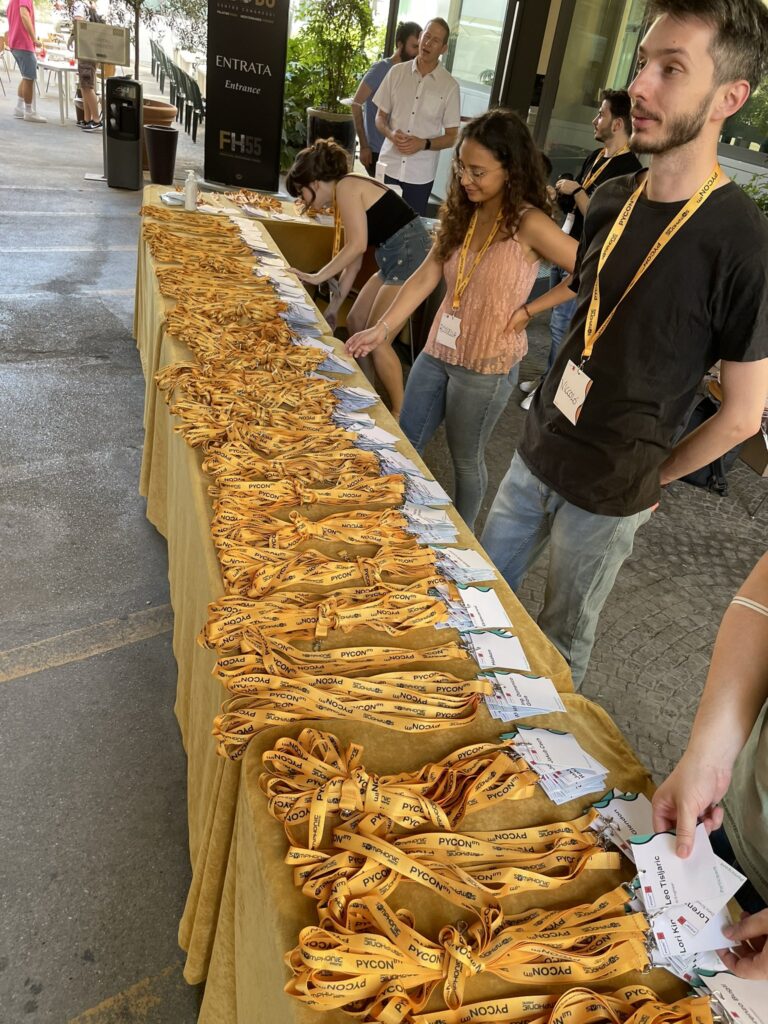
The schedule of the first day was so exciting. I had already planned what talk to attend as there were several talks going in parallel. The first talk I participated in was “Building data pipelines with Apache Airflow” since I am interested in creating repeatable and reliable workflows in Python, which is an emerging problem in bioinformatic pipelines. Then, I followed the Data Science and Machine Learning tracks as I would like to pursue my future career in those domains. So, overall the talks I attended inspired me and enabled me to make my future work better!
Also, I listened to the keynote talk entitled “Pro tips for writing great unit tests” by Raymond Hettinger and it emphasized the test concepts and writing of unit tests in a readable, fast, clear way.

Afterwards, I joined the next keynote talk entitled “Inclusive community leadership” delivered by Jessica Greene which gave insights into how a community can continue growing and evolving by staying true to its principles.
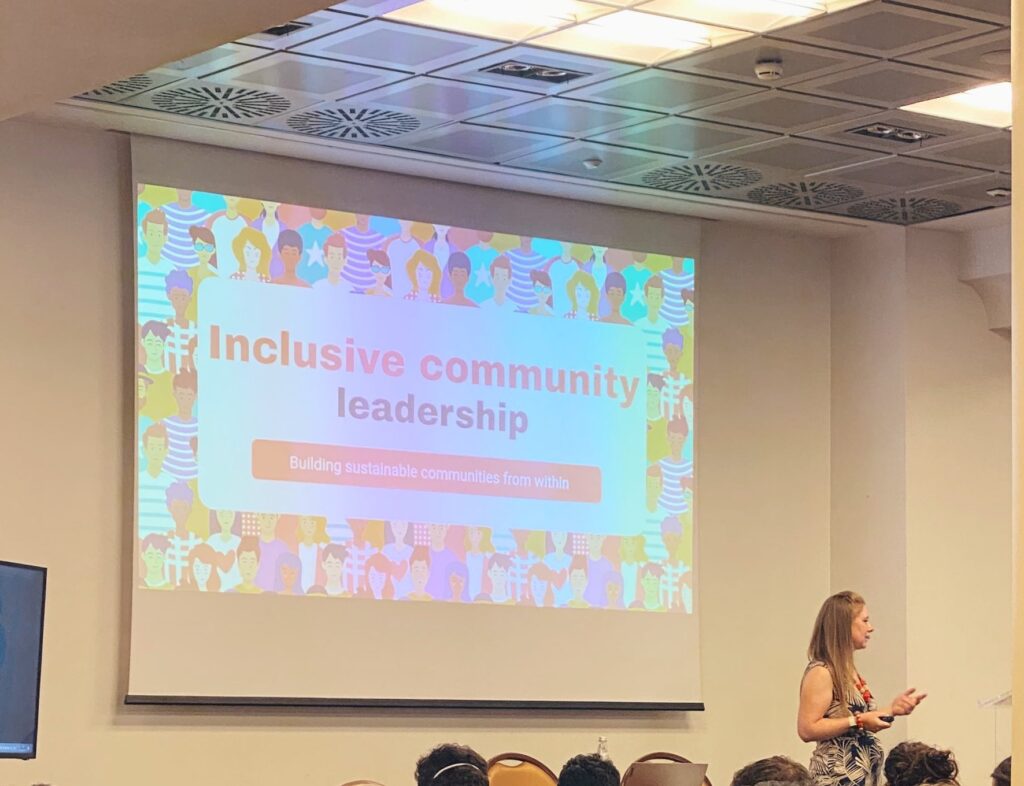
In the next days, I was also inspired by another talk namely “Python’s Life of the Brain”. In this talk, several open-source Python libraries developed by brain research enthusiasts were presented to analyze, process, and visualize the data coming from the neurons and simulate the whole brain in silico, even in a Jupyter notebook!
Also, another really exciting talk was about source code optimisation and code efficiency where I learned how to write faster code in Python 3, which will help me a lot while developing new pipelines for my future projects!
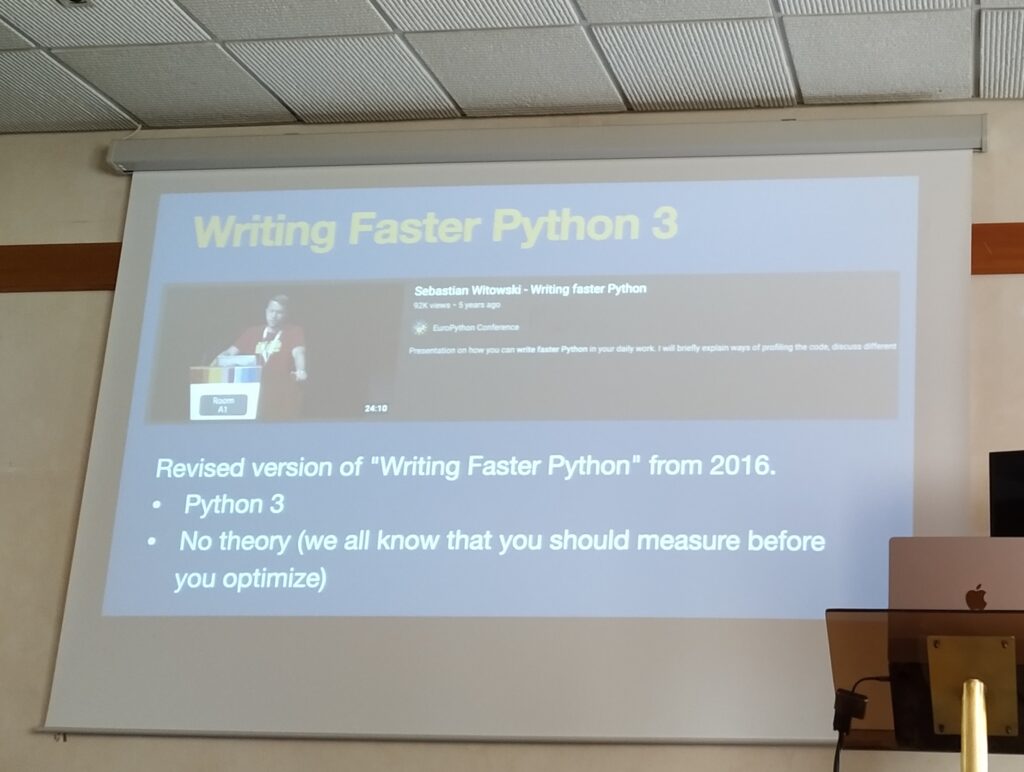
Last but not least, there was another fabulous talk delivered by the CEO of Jina AI, Dr. Han Xiao, with the title “DALL·E Flow: when neural search meets generative art”. We all know that the use of deep learning has become ubiquitous in almost every area. But, how about generating an image based on the text user provided? Yes, in this talk, it is demonstrated with examples and here are the some of them (the text on the left-hand side of the image was given and the image on the right was generated based on that text provided):
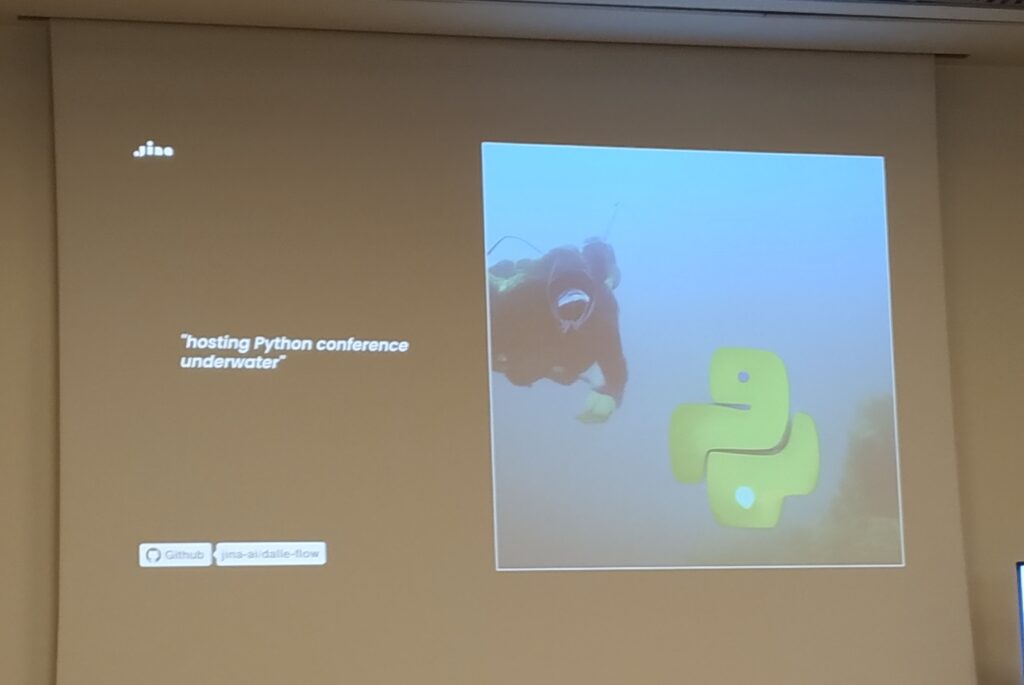
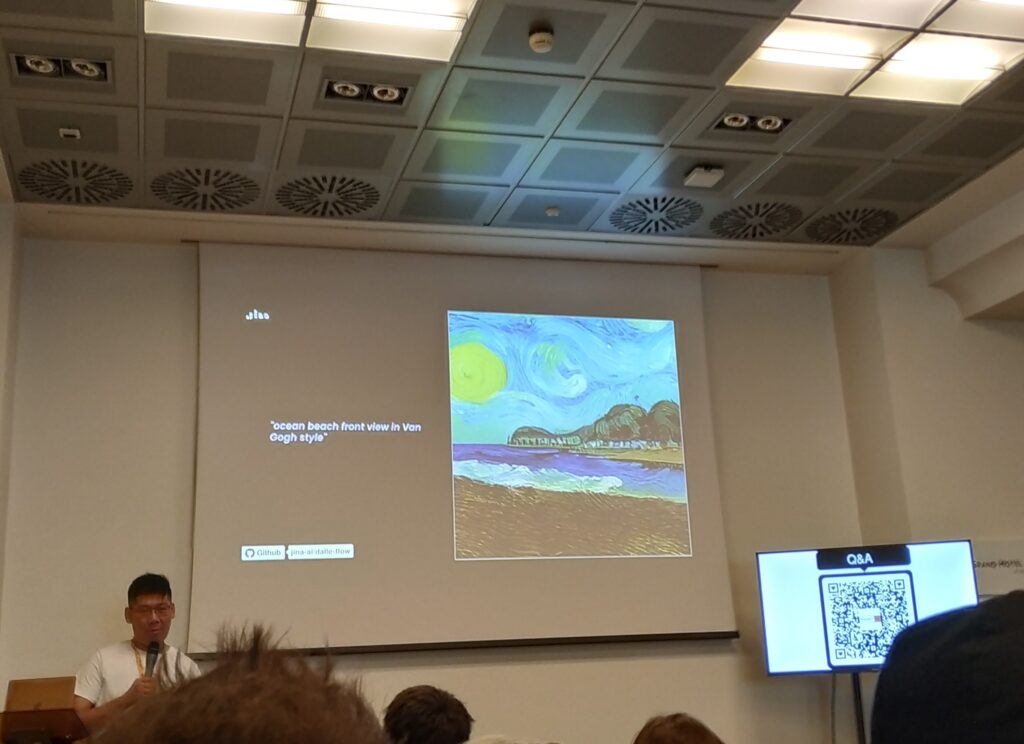
To sum up…
Overall, I really enjoyed the conference and had a chance to meet and socialize with developers, engineers, and scientists while listening to their experiences and challenges!
I was very lucky that I had a chance to meet with the creator of the project that I contributed to last month by sending a Pull Request for a bioinformatics application!
So, again, I am thankful to both the organizers of the PyCon Italia 2022 and the Open Bioinformatics Foundation for awarding me this Event (Travel) Fellowship!
For the next steps, I will advocate open-source software development (especially in bioinformatics/computational biology fields) and open science over my social media channels! Moreover, I will be applying my new learnings to the future open-source projects I publish on my GitHub account.